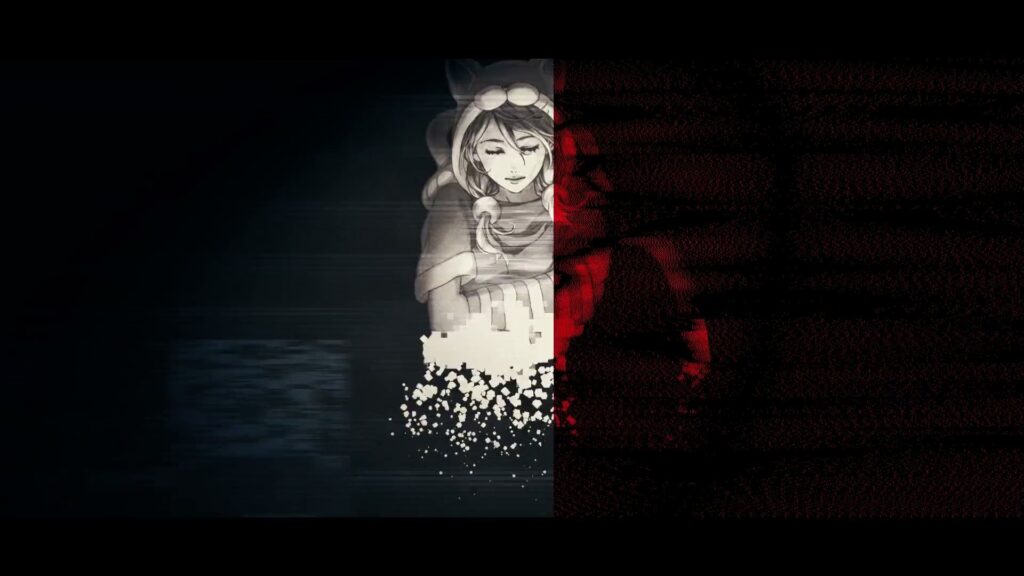
After a long 8 year wait from its announcement, Anonymous;Code finally came out in English. There’s much I have to say about the game as a whole, but today, I’d just like to once again register a unique experience from my playthrough. A story of closing the loop.
I’ll be discussing heavy spoilers for the end of Anonymous;Code in this post.
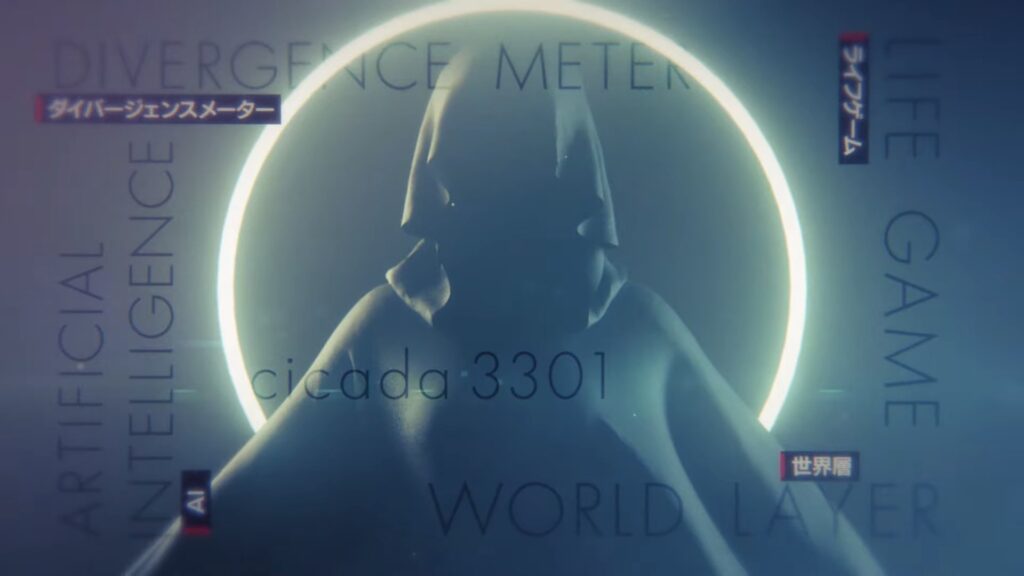
Having dissected all Japanese pre-release Anonymous;Code trailer as they came out, the inclusion of a new keyword stood out to me in 2020’s Teaser #4: the mention of Conway’s Game of Life, as well as related imagery sprinkled throughout. Of course, this is an element that in retrospect had clearly been planned since Aizaki Momo’s 2016 redesign, but the fact that the symbol on her cheek was Kok’s Galaxy took a while to notice.
Ever since then, my curiosity had been piqued as to what relevance the Game of Life would have in Anonymous;Code. My theory had been that it would have something to do with the Arecibo message, which had been advertised as an important keyword for Anonymous;Code from the start – though its relevance in the final product evidently decreased over the multiple rewrites. I even made a video of the Arecibo message inside the Game of Life to officially cast my theory out into the world before the game came out in Japan.
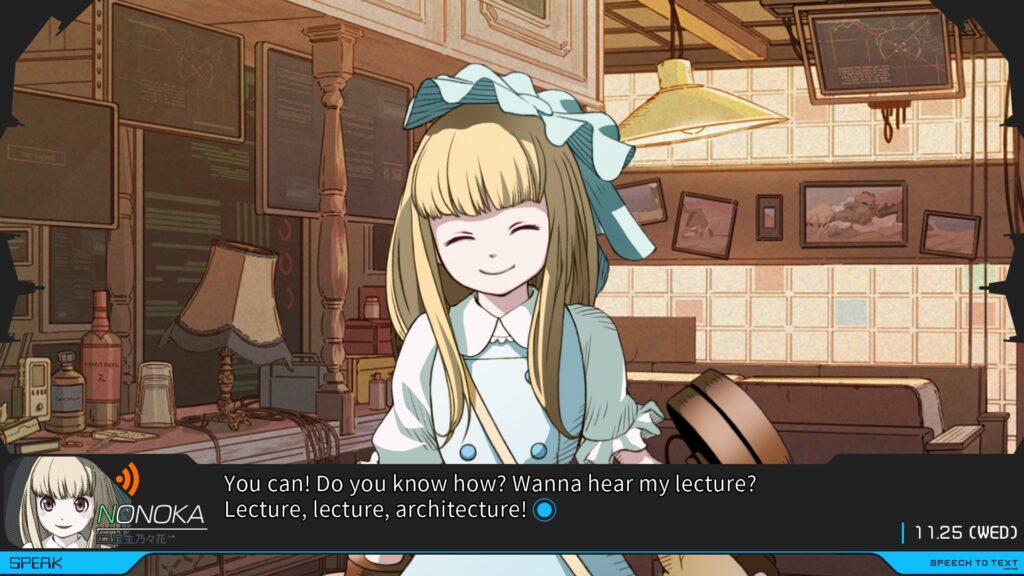
With that context, you might have already guessed that I got pretty excited when Nonno first mentioned the Game of Life early into Anonymous;Code. I was even actually pretty bummed out that she was cut short from talking more about it, and I still think we deserved a full SciADV-patented lecture on it from her. Regardless, the hand-drawn tutorial she left us with was absolutely adorable and just bearly made up for it.
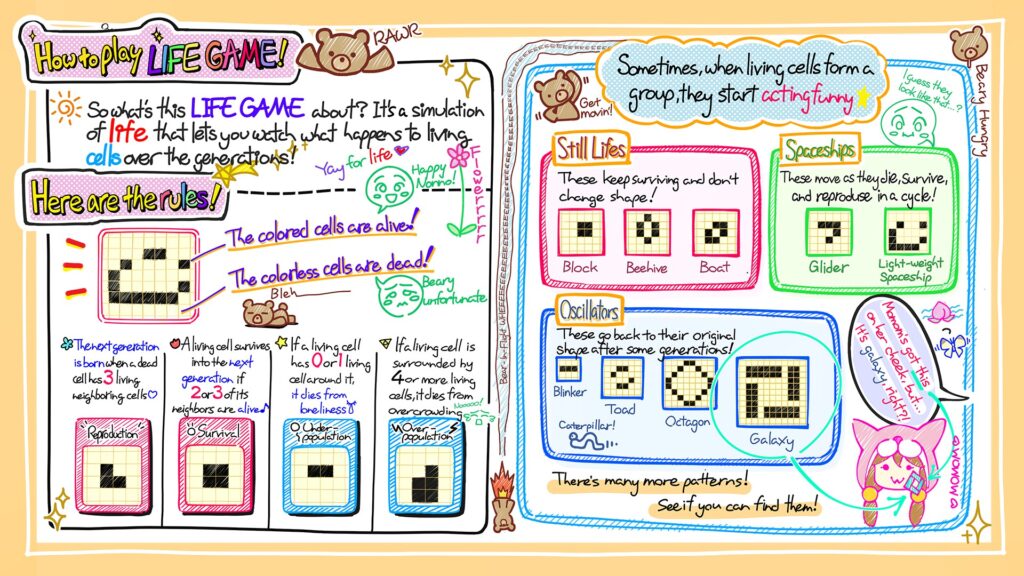
Anyway, as soon as the LIFE GAME feature got unlocked in the pause menu, I went to play with it. Of course, I was tempted to recreate the Arecibo message, but I knew from experience what a pain that was to do, so I contented myself with just drawing and saving the important oscillator featured on Momo’s cheek and the game’s opening and prologue videos, the elegant Kok’s Galaxy.
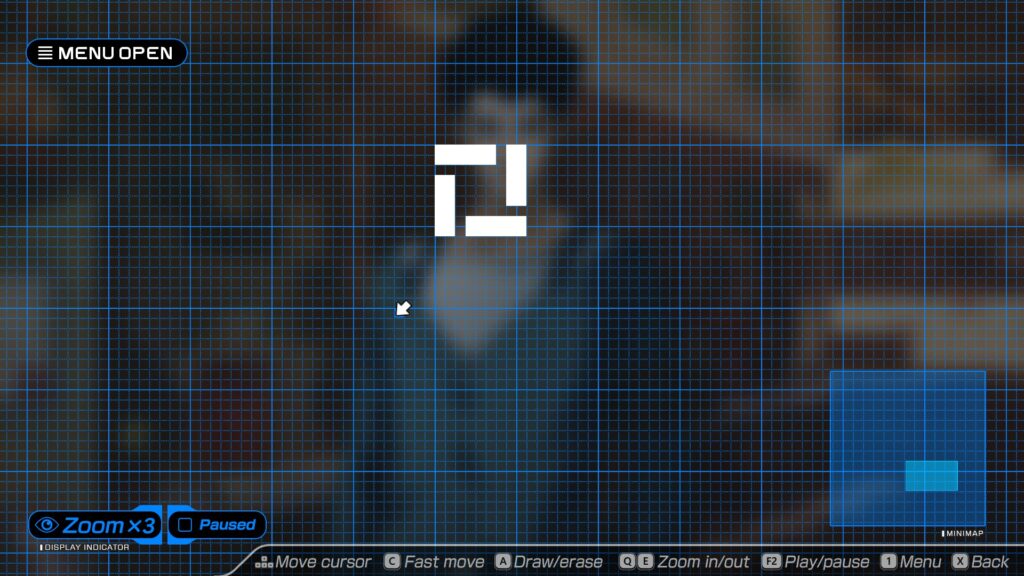
You may think you know where my story is headed now. Some of you who did the same early into the game may even think I’ll be describing the same thing that happened to you. But I assure you, that’s probably not the case. A fundamental aspect of what happened to me involves the fact I drew the Galaxy exactly where I did, which as you can tell from the Life Game’s minimap, was not in the center, but a bit off to the bottom-right.
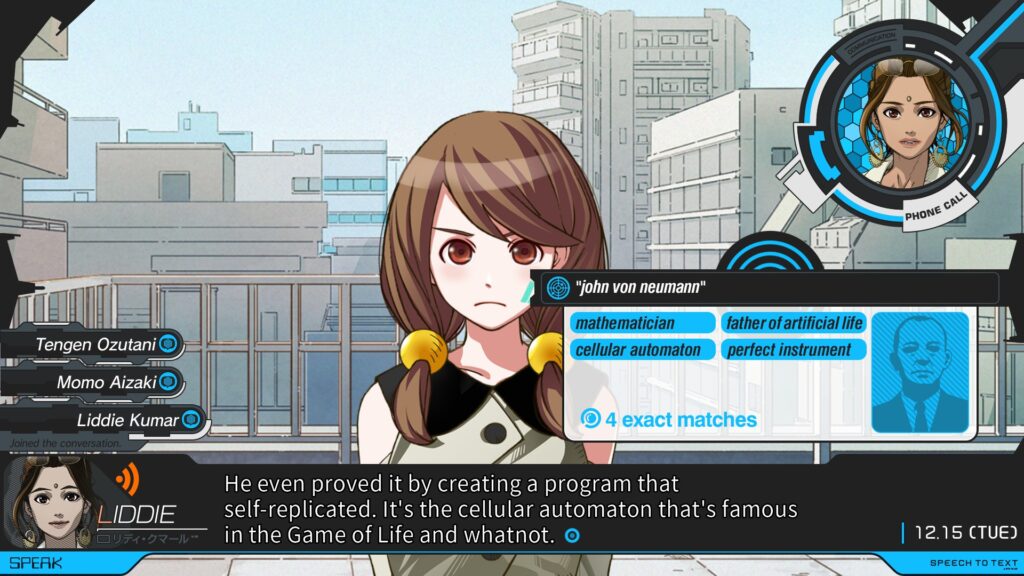
After this, the Game of Life gets a brief mention during Chapter 6 when they’re discussing Von Neumann’s definition of life as self-replicating, but for the rest of the game it basically doesn’t get referenced again until chapter 11, on the path to the true ending.
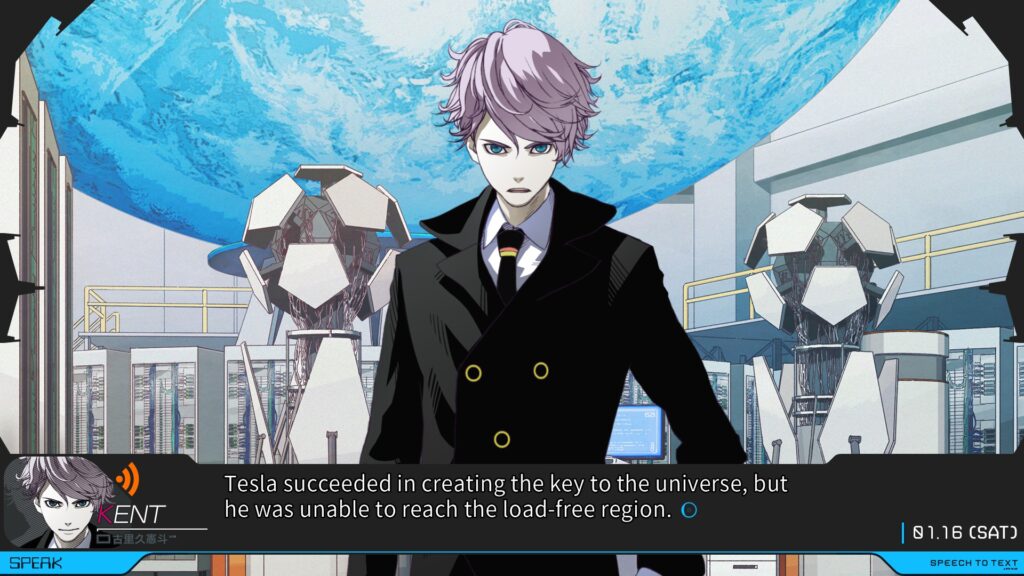
Once they’ve learned of the true nature of their digital world, they start moving towards reaching “beyond the load region,” a place outside their perception, beyond their world. Their first obstacle is Gaudi’s code. Of course, among all the goofy digital world things that are happening, Gaudi’s code is revealed to be a big, real-life 4×4 Game of Life that when unlocked displays the Toad oscillator.
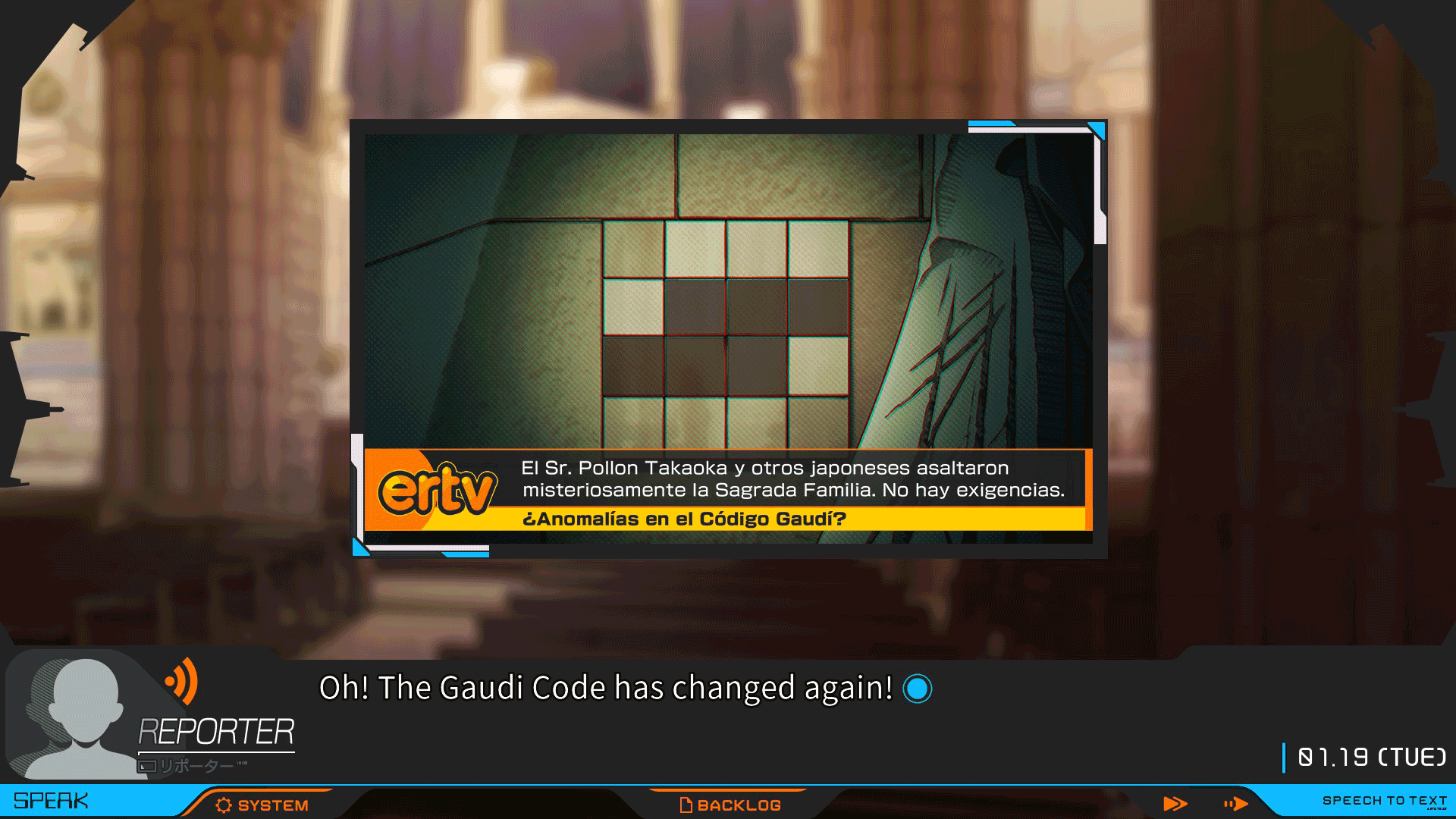
Wondering if I finally found the relevance of the LIFE GAME mode I immediately open it and draw a Toad in the same orientation, this time dead center, press play, watch it for a bit, and save. Nothing happens, of course.
After solving the Gaudi code unlocks the staircase down the Sagrada Familia, video game dungeon-style, they proceed and encounter an extended version of the Arecibo message and… comment on how it reminds them of the Game of Life! After touching the middle tile, it’s implied it all reacts like the famous cellular automaton in motion. I consider that a half-victory for my original theory… but I digress.
Once Pollon is able to enter the load-free region and talk to Anon directly, he uploads Momo’s data to the Black Knight satellite and leaves us with the important mission to upload her data back into his world layer once everything is reset.
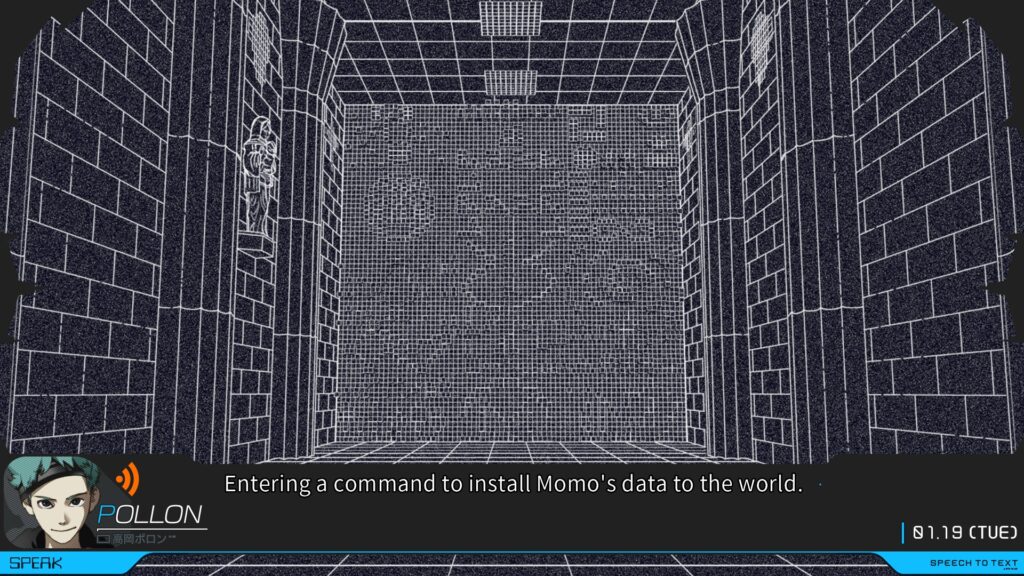
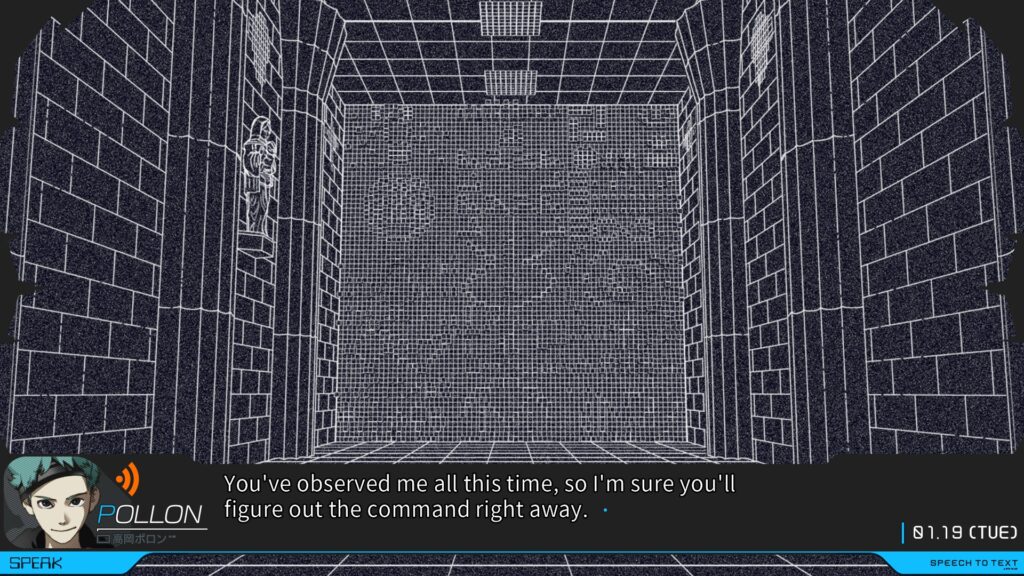
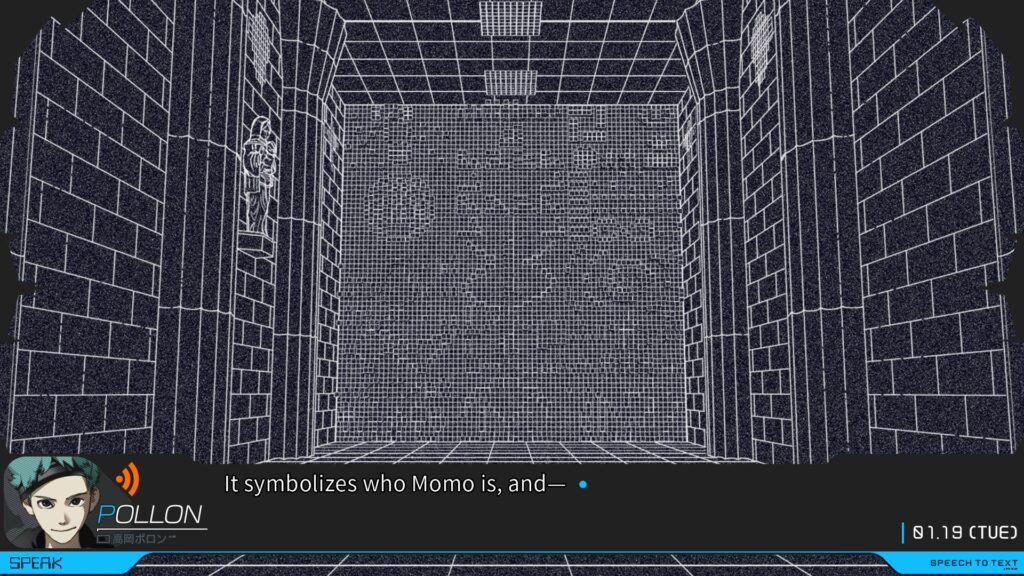
Once he says this line, it’s already more than obvious to me what I’ll have to do to bring back Momo: draw Kok’s Galaxy inside LIFE GAME. Finally, the feature will see its use!
The countdown reaches zero. Absolute darkness. I open the pause menu and confidently open the LIFE GAME. For the first time in the game, it does not immediately load the grid configuration I had saved. Is it completely gone? I open the menu within LIFE GAME. I click the “Load” option. It actually loads my saved configuration! The Toad I drew is right at the center. But something’s different.
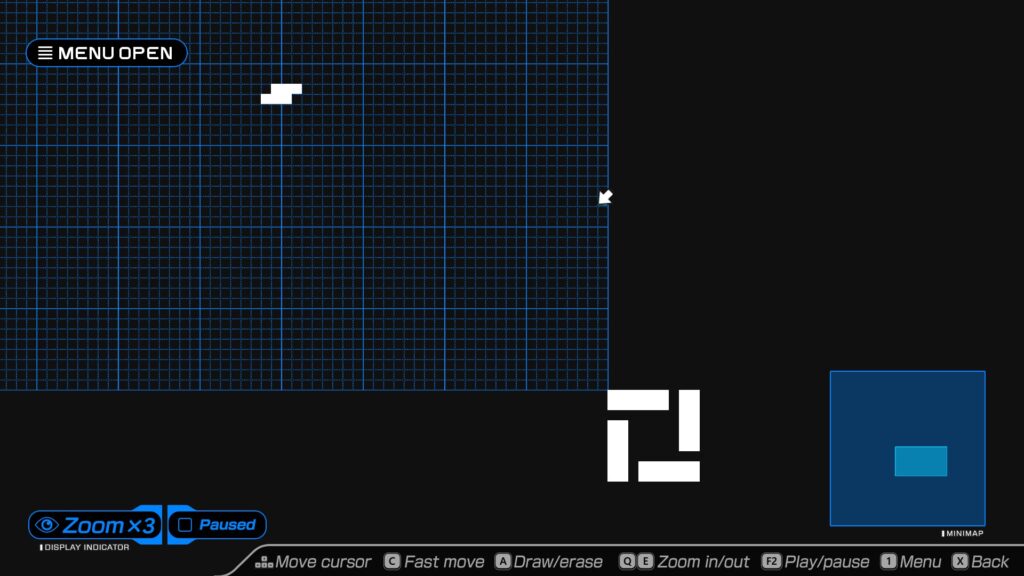
The Kok’s Galaxy I drew is outside the grid. I cannot interact with it at all. It oscillates normally if I press Play, but the game still does not consider this as having inputted the code.
This moment feels exactly as though Momo were stored beyond the Load Region.
Right then, I didn’t know what was going on. It felt so fitting for it to show up there that I thought this small miracle was intentional and by design. Did the game “move” my Galaxy right outside the boundaries? Does it erase any pre-drawn Galaxy and place a new one there when loading no matter what?
After I finished the game I did some experimentation and finally understood what was going on. During this last segment, LIFE GAME’s usual 512×512 pixel grid actually gets shrunk down to 128×128 pixels, possibly for computation reasons–to check for the correct “code input” quicker. It just so happened that I somehow drew my Galaxy at exactly the outside corner edge of the new grid dimensions. If I had drawn and saved my Galaxy closer to the center, like I’ve since learned many people did, loading it during this segment would have instantly uploaded Momo’s data to the new world layer.
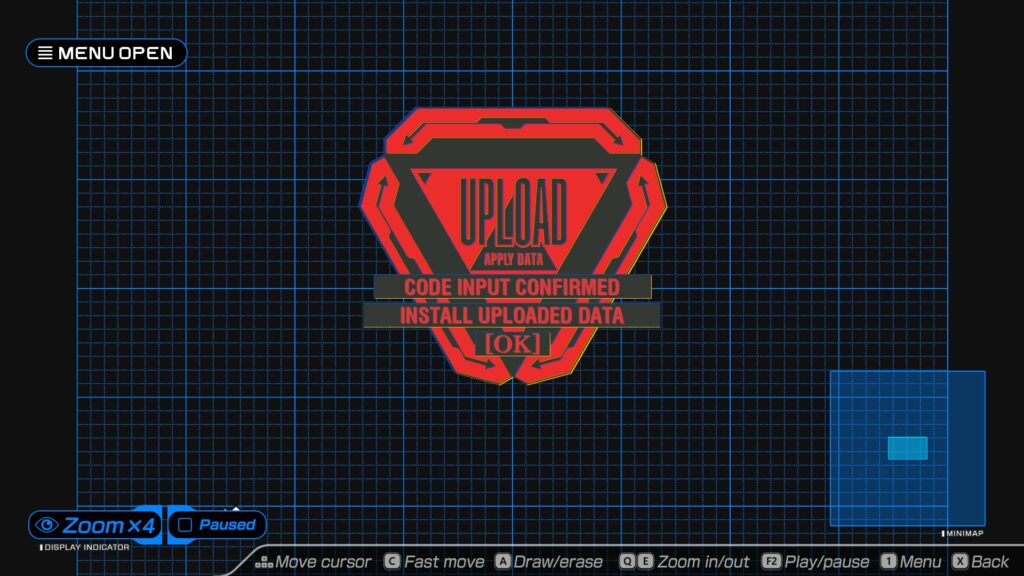
I think it’s so neat that a small coincidence such as the coordinates I ended up drawing in, crossed with the coincidence that the grid shrinks exactly as much as it does, resulted in this unique moment for me. The final chapter felt like it left several things to be desired but, among other great aspects, it also gave me this very memorable experience.
A visual novel doesn’t often have enough interaction for unintentional emergent gameplay like this. The fact it happened with the very symbol of Momo, the character who represented a miracle that was unpredictable to the developers of Earth Simulators, in a situation that mirrored the game’s story…
It delights me to no end.



nice